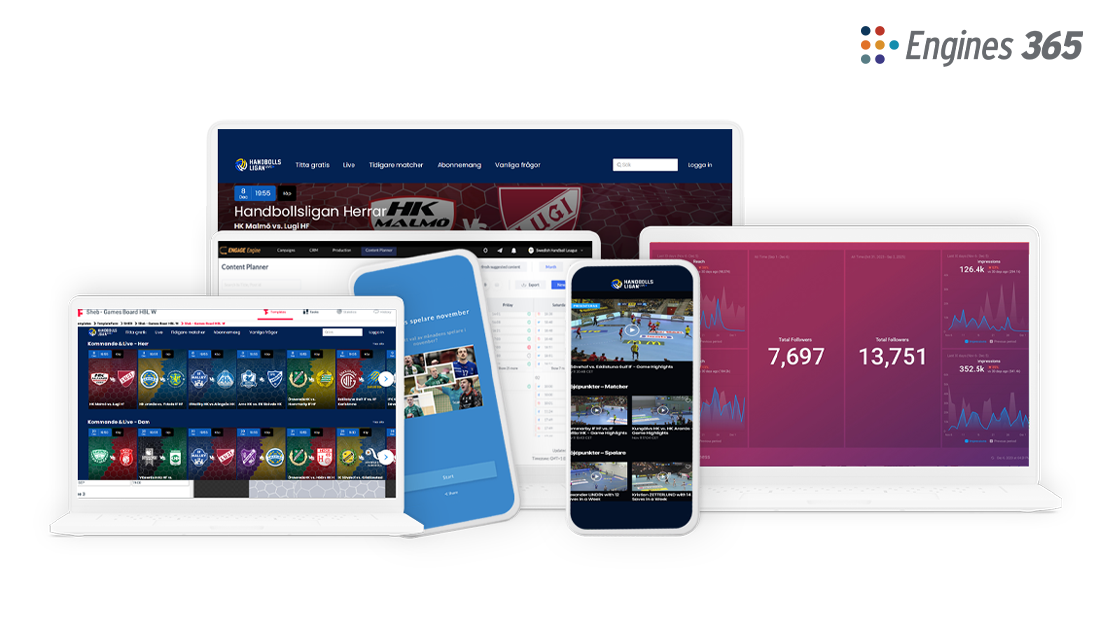Rights holders are sitting on a goldmine of data that can unlock insights about their fans and help them understand fans on a more personal level. Data can be used to create more engaging fan experiences, improve customer service and ultimately drive additional revenue streams.
To effectively tap into this valuable source of information, sports entities must develop proper strategies for collecting and leveraging fan data; they must also change their perspective about what fan data is.
Fan data is not just about where fans are from and how many tickets they purchased this season. Nowadays, getting to know fans is about learning who their favourite players are, where they tune into matches, whether they have a preferred game-time food and drink and who they watch with. Collecting this data isn’t always easy, especially with changing privacy regulations.
Developing effective fan data strategies requires collecting quality data. Here are five steps for developing an effective fan data strategy:
Identify your business needs
Before you begin collecting the data, you need to have a clear reason as to why you’re collecting this data. Is it for innovative marketing campaigns, analytics or for improved partnerships and sponsorships going forward? Understanding your business goals will help you in our next few steps, determining what types of data to collect, how to collect it and how to analyse it.
Identify types of data
Now that you know why you’re collecting data, it’s time to decide what information will be most useful for you to understand your fans and their preferences? You may want to collect demographic data, purchasing behavior, or more detailed information such as favorite player or team, how long they’ve been fans, how they interact with their favourite teams and do they consider themselves to be super fans?
Dream big, the more information and types of data you collect the better you can tailor fan experiences going forward.
Develop a plan
Decide how you will collect the data you need and what tools you will use. Collection methods include surveys, social media monitoring tools, email marketing and gaming activations. It’s also key to understand in which form you wish to collect the data and where you’ll store it, how you’ll view it, and how you want users to input their information. Do you want them to write in open text? Will you provide a drop down menu with predetermined options that will help you answer questions you may have? Deciding on these methods will have a direct impact on the final data sheets, and the way it is presented.
Data analysis
Having large heaps of information about your fans is nice, but it’s not valuable until you learn how to store and analyse the data for future use. Think of this as a sort of final step that is determined by previous decisions. By creating a proper customer relationship manager (CRM) tool and detailed dashboards, sports organisations can map out their fans, and better understand their habits, preferences, how to target them during future marketing campaigns and with what. Proper analytics results in improved fan experiences in the long-run.
Data usage
Fan data can be used to improve experiences in a variety of ways, such as using fan preferences to create content they actually enjoy watching and engaging with, promoting customised merchandise, ticketing offers and reward programs.
Imagine a marketing campaign that speaks to each individual fan on a personal level. For example, when deciding to have a sale on merchandise before a big event, teams send emails with a personal touch: using the fans’ nicknames, showing images of the type of merchandise they prefer to purchase or of their favorite player, with the pricing in the currency they use. Speaking directly to fans in these ways increases the likelihood of a purchase.
Data also helps content creation departments focus on the types of content that fans want to see on social media as well as owned and operated platforms, rather than spending time working on content that does not resonate with fans.
Fan data is a powerful tool for sports organisations, as it allows them to gain valuable insights into their audience and develop engaging experiences for their fans. In order to tap into this source of information, organisations must develop effective strategies for collecting and utilising fan data. It all starts with setting those business goals. Only then, after understanding the challenges associated with fan data and developing strategies for overcoming them, can organisations leverage data to improve experiences and ultimately drive revenue.









